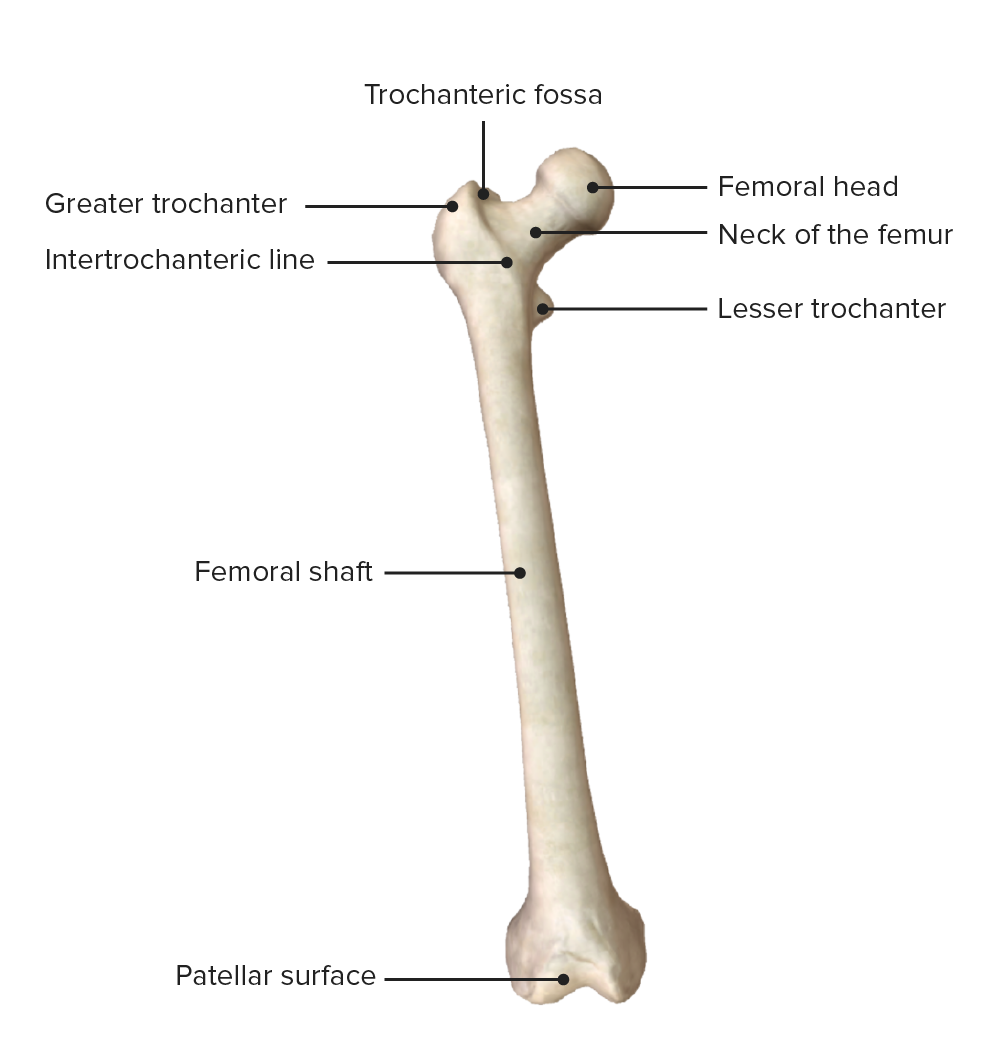Playlist
Show Playlist
Hide Playlist
Adductor Canal – Anterior and Medial Thigh
-
Slides 05 LowerLimbAnatomy Pickering.pdf
-
Download Lecture Overview
00:00 Finally, I just want to talk about the adductor canal. The adductor canal is a passageway that allows structures, blood vessels and the nerve to pass from the anterior compartment of the thigh to the popliteal fossa. We can, again here, see on the anterior compartment of the thigh, we have the femoral artery that’s passing down alongside the femoral vein, and we can also see the saphenous nerve. And we can see that this is just passing deep to this anteromedial intermuscular septum, this muscular septum here that’s running from adductor magnus all the way over to the femur. So we can see that we’ve got this little compartment, and this here, is going to be the adductor canal. We can see the adductor canal has been opened here, and the contents of the adductor canal being the femoral artery, the femoral vein, and this saphenous nerve. It’s passing out of the adductor canal via the adductor hiatus. So it’s an aponeurotic tunnel located within the middle third of the thigh. It extends from the apex of the femoral triangle which we can see roundabout here. 01:13 Sartorius has been removed, and it extends to the adductor hiatus of adductor magnus. 01:20 It can also be known as the subsartorial canal as it’s deep to sartorius muscle, and Hunter's canal after the famous anatomist. The boundaries, well anteriorly, we have sartorius, and we have the anteromedial intermuscular septum. Posteromedially, we have adductor longus and adductor magnus. And laterally, we have vastus medialis. But it’s a way that these blood vessels and nerve can pass through adductor magnus and enter into the posterior aspect, specifically, the popliteal fossa. So in this lecture, we’ve looked at the anterior thigh muscles. We’ve looked at the quadriceps, as well as sartorius, iliopsoas, and pectineus. 02:05 We’ve looked at their function and innervation. We then looked at the medial thigh muscles. 02:10 We looked at adductor muscles and gracilis. We also looked at the function and innervation of them. We then quickly looked at the pes anserinus and how it’s formed. We looked at the femoral triangle, its boundaries, and its content being a femoral nerve, femoral artery, and femoral vein. And then we looked at the adductor canal, again, its boundaries and its contents being the femoral artery, the femoral vein, and the saphenous nerve.
About the Lecture
The lecture Adductor Canal – Anterior and Medial Thigh by James Pickering, PhD is from the course Lower Limb Anatomy [Archive].
Included Quiz Questions
Which muscle forms the medial boundary of the femoral triangle?
- Adductor longus
- Adductor magnus
- Sartorius
- Iliopsoas
- Vastus medialis
Which quadricep femoris muscle performs extension of the knee and flexion of the hip?
- Rectus femoris
- Vastus lateralis
- Vastus medialis
- Vastus intermedius
- Adductor magnus
Which muscle crosses 2 joints of the lower limb?
- Rectus femoris
- Vastus lateralis
- Vastus medialis
- Vastus intermedius
- Iiopsoas
Within which muscle is the adductor hiatus present?
- Adductor magnus
- Adductor longus
- Adductor brevis
- Adductor hallucis
- Rectus femoris
What is the correct relationship of the adductor canal to the sartorius muscle?
- The sartorius muscle runs anteromedial to the adductor canal.
- The sartorius muscle runs deep to the adductor canal.
- The adductor canal runs superficial to the sartorius muscle.
- The sartorius muscle is posterior to the adductor canal.
- The sartorius muscle is posterolateral to the adductor canal.
Customer reviews
5,0 of 5 stars
| 5 Stars |
|
5 |
| 4 Stars |
|
0 |
| 3 Stars |
|
0 |
| 2 Stars |
|
0 |
| 1 Star |
|
0 |




